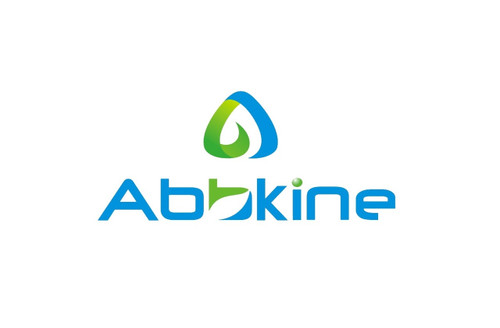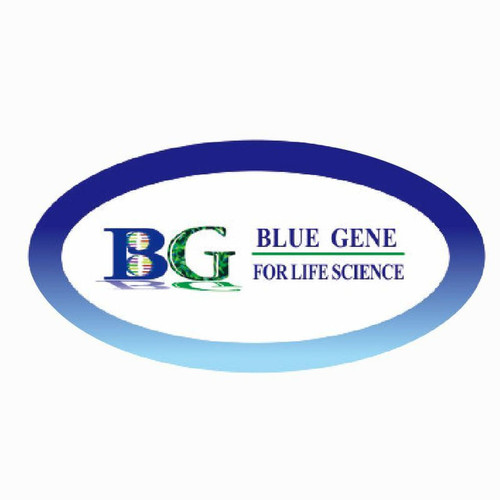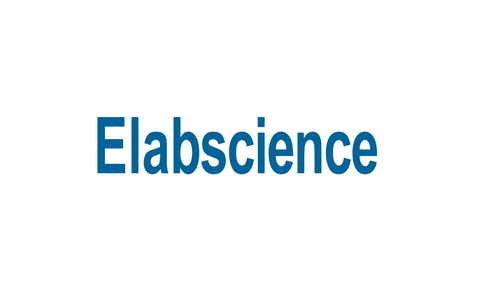Product Description
Human Rap guanine nucleotide exchange factor 4 (RAPGEF4) ELISA Kit | AE24389HU | Abebio
Species Reactivity: Human (Homo sapiens)
Abbreviation: RAPGEF4
Alternative Name: CAMP-GEFII; CGEF2; EPAC2; Nbla00496; RAP guanine-nucleotide-exchange factor (GEF) 4|cAMP-regulated guanine nucleotide exchange factor II|exchange protein directly activated by cAMP 2|putative protei
Application: ELISA
Range: 25-1600 pg/mL
Sensitivity: 6.25 pg/mL
Intra-Assay: ≤5.3%
Inter-Assay: ≤10.3%
Recovery: 1, 02
Sample Type: Serum, Plasma, Other biological fluids
Detection Method: Sandwich
Analysis Method : Quantitive
Test Principale: This assay employs a two-site sandwich ELISA to quantitate RAPGEF4 in samples. An antibody specific for RAPGEF4 has been pre-coated onto a microplate. Standards and samples are pipetted into the wells and anyRAPGEF4 present is bound by the immobilized antibody. After removing any unbound substances, a biotin-conjugated antibody specific for RAPGEF4 is added to the wells. After washing, Streptavidin conjugated Horseradish Peroxidase (HRP) is added to the wells. Following a wash to remove any unbound avidin-enzyme reagent, a substrate solution is added to the wells and color develops in proportion to the amount of RAPGEF4 bound in the initial step. The color development is stopped and the intensity of the color is measured.
Product Overview: Sequence analysis predicted that the 1, 011-amino acid cAMP-GEFII protein contains an N-terminal cAMP-binding domain and a C-terminal GEF domain. Expression of cAMP-GEFI and cAMP-GEFII activated RAP1A after forskolin and 3-isobutyl-1-methylxanthine stimulation, independent of the protein kinase A pathway. cAMP-GEFI and cAMP-GEFII expression did not activate or only slightly activated other RAS superfamily members after stimulation. Northern blot analysis detected expression of a 4.4-kb cAMP-GEFII transcript that was most prominent in brain and adrenal gland. Within the brain, expression was strongest in cortex, occipital pole, frontal lobe, temporal lobe, amygdala, putamen, hippocampus, and cerebellum.
Stability: The stability of ELISA kit is determined by the loss rate of activity. The loss rate of this kit is less than 5% within the expiration date under appropriate storage condition. The loss rate was determined by accelerated thermal degradation test. Keep the kit at 37°C for 4 and 7 days, and compare O.D.values of the kit kept at 37°C with that of at recommended temperature. (referring from China Biological Products Standard, which was calculated by the Arrhenius equation. For ELISA kit, 4 days storage at 37°C can be considered as 6 months at 2 - 8°C, which means 7 days at 37°C equaling 12 months at 2 - 8°C) .
 Euro
Euro
 USD
USD
 British Pound
British Pound
 NULL
NULL












